A report titled “Little Fish Big Impact”, written by the Lenfest Forage Fish Task Force, came out earlier this month recommending that the amount of forage fish (e.g., menhaden, herring, shad) that we take from the ocean should be cut in half. However, since forage fish have an annual value world-wide of $5.6 billion dollars and are almost 40% of the world’s commercial fish catch these suggestions might be a tough sell to get passed through many decisions makers. But, here is why it is important we do.
You may not typically think of forage fish, also know as ‘bait fish’, as being a high commodity for fishermen or as playing an imperative role in the ocean – but, they do indeed! It’s surprising how much these little fish play a role in our daily lives.
Within the marine food web we begin with the tiny microscopic phytoplankton (plants that get their energy from the sun). Phytoplankton are then in turn grazed upon by tiny copepods and they are then fed upon these forage fish and crustaceans that are fed on by larger fish (e.g., striped bass, bluefish) that are then fed upon by the top predators (e.g., tunas, swordfish) that then feed us. Easy, right? Well, Dr. Daniel Pauly pointed out that within fisheries what is happening today is an imbalance of ‘Fishing Down the Marine Food Web’.

Time increases toward the right along the blue arrow. Scale on the right gives the trophic level in the food web. (Pauly, 2003)
This is the concept that when top predators are removed smaller fish become more of a target. Which would mean that the average trophic level of the food web would shift (Trophic being the level an organism occupies within a food chain). Specifically, forage fish are the primary source of protein for penguins, marine mammals, cod, salmon, tuna, and even puffins. We use these species for the production of fish oil supplements, food for livestock, and food provided to the fish we’re farming via aquaculture.
The Lenfest Report provides information and recommendations to fisheries managers in a three-tiered approach that the Task Force says was lacking prior, which is why we’ve currently been able to harvest the amount of forage fish at such high levels. The three-tiered approach involves understanding the 1) dynamics of the fishery, 2) knowledge of the status of the trends of the fishery’s predators, as well as 3) recommended management actions.
“Traditionally we have been managing fisheries for forage species in a manner that cannot sustain the food webs, or some of the industries, they support. As three-fourths of marine ecosystems in our study have predators highly dependent on forage fish, it is economically and biologically imperative that we develop smarter management for these small but significant species,” stated Dr. Ellen K. Pikitch of the Institute for Ocean Conservation Science at Stony Brook University (they led the Lenfest Forage Fish Task Force).
Most recently, managers in the Mid-Atlantic have noticed the increasing importance of forage fish and voted to reduce the annual harvest of menhaden from 183,000 metric tons to 174,000. Read more here on the report and what other measures are being done to keep menhaden levels more sustainable.
It will be interesting to see how this report impacts forage fisheries in the future. I certainly hope it does.
Check out this video from the Task Force to learn more on the importance of forage fish.
Lastly, here is a quick overview of what it means to be a sustainable fishery:
- If we are referring to a sustainable wild fishery (one that is not farmed) it could be the measure of the abundance and resilience to fishing pressure, how well-managed the fishery is based on current research, and/or that the fishery is harvested in ways that do not harm the environment or have negative interactions with protected species as bycatch.
- With farmed species a sustainable it is typically a measure of minimizing marine resources, preventing escapes or diseases to wild stocks, as well as ensuring that the fishery is not associated with high pollution or other ways of negatively harming the habitat.
- For a good resource to discover what fishery is sustainable in your region, please check out the Monterey Bay Seafood Watch.



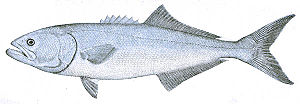















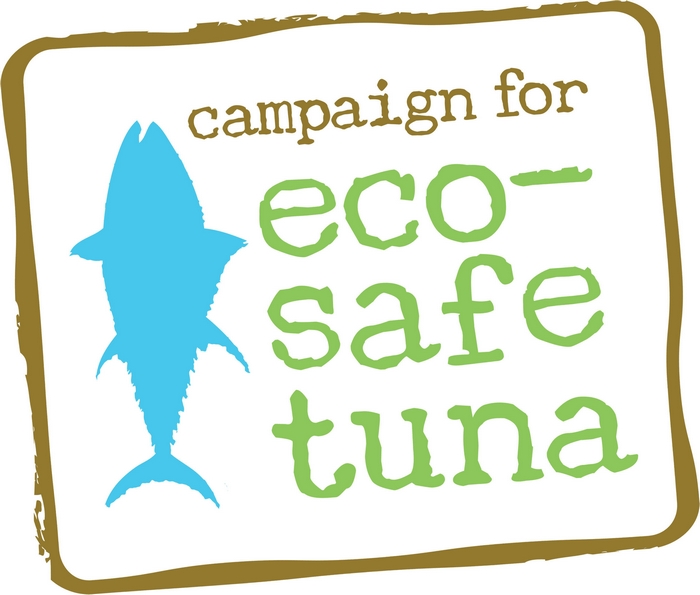


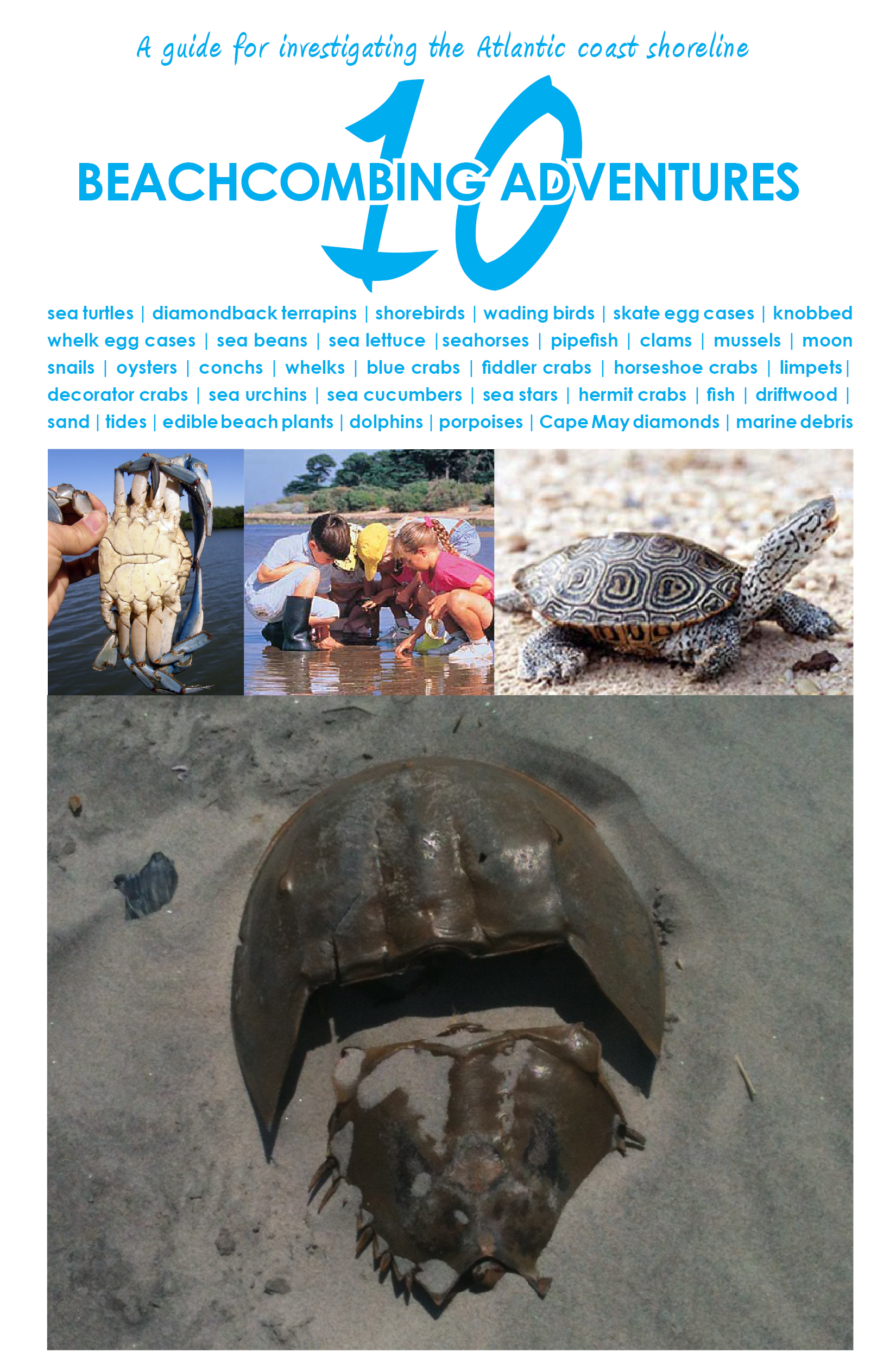
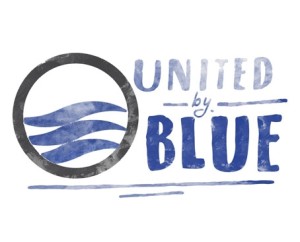
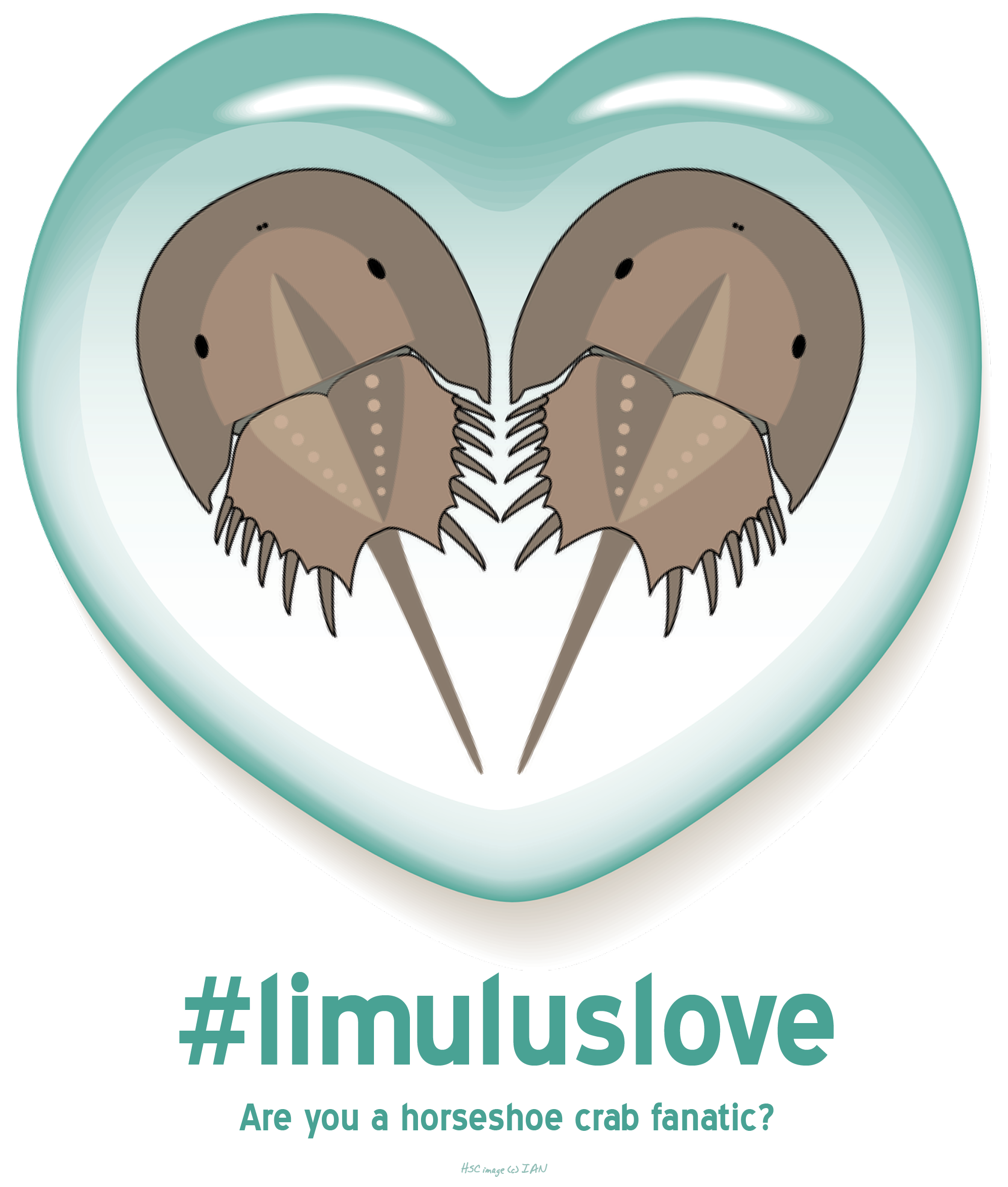
What people are saying …